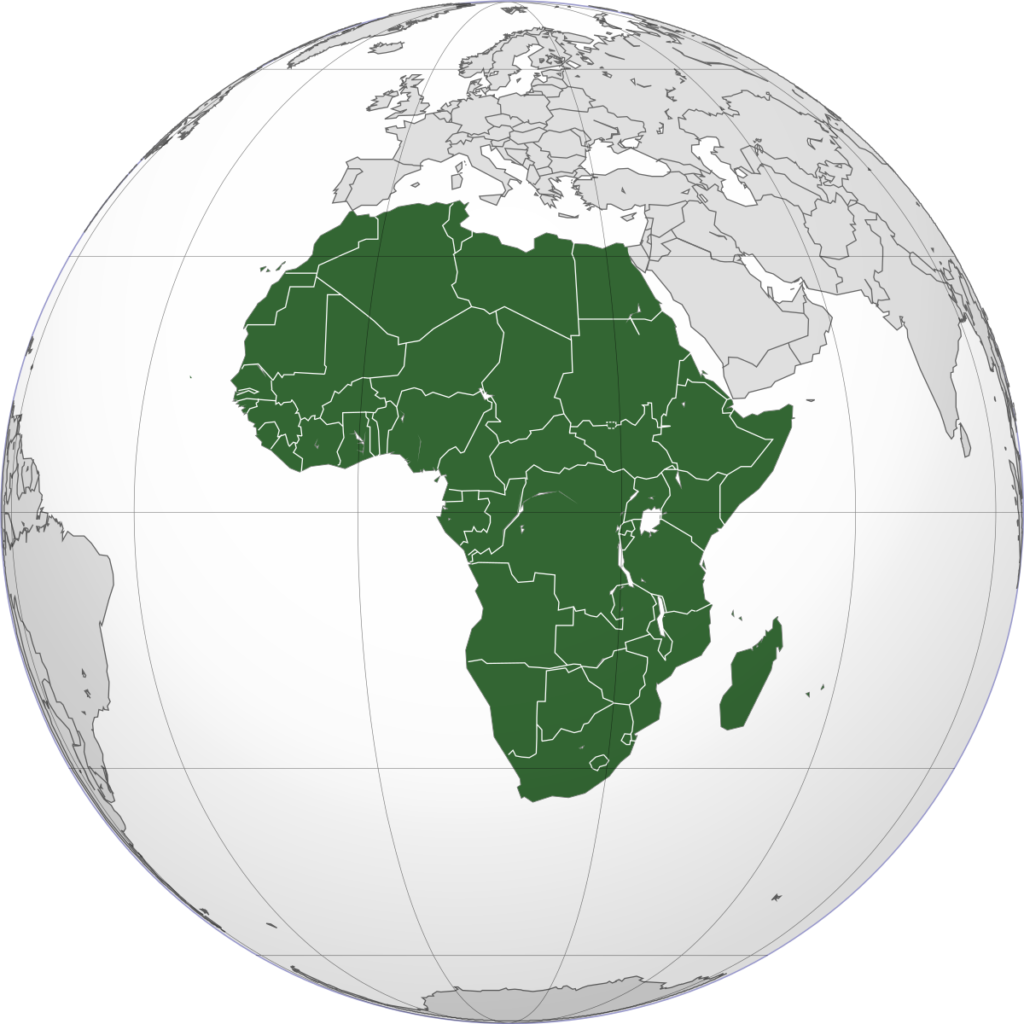Every child is entitled to receive a quality education, as education is a fundamental right that shapes their future and opportunities. Unfortunately, despite living in the 21st century, several African countries still have children deprived of quality education.
This disparity continues to be a significant challenge in many regions across the continent. In this article, we will explore and highlight five African countries that face serious obstacles in providing quality education to their citizens. These nations struggle with various factors, such as limited resources, poor infrastructure, and other systemic issues that hinder the ability of children to receive the education they deserve.
Niger
Niger is regarded as the least literate country in the world, with only 15 percent of its adult population being able to read and write. Just 5.2 percent of Nigeriens have completed secondary education, and almost 31 percent of children drop out of primary school.
A significant portion of the population lives below the poverty line, which prevents many parents from affording essential educational resources like uniforms, textbooks, and notebooks. Additionally, children are often forced to work and assist their families in earning a living, limiting their opportunities for education.
The presence of unqualified teachers and inadequate infrastructure further hinders the quality of education in Niger.
South Sudan
Over 70 percent of South Sudan’s population is under the age of 30, with half unable to read or write. The country has the third-lowest literacy rate in the world, and approximately 2.8 million children are out of school, the highest rate globally.
Ongoing violence, poverty, political instability, and a lack of investment in education, along with a shortage of qualified teachers, make access to education extremely limited. Girls face additional challenges, such as child marriage, which forces many to drop out of school. As a result, about 84 percent of girls over 15 are illiterate, and only 8 percent are enrolled in secondary school.
Poor teacher training, unclear career progression, delayed salary payments, and low wages often drive teachers to leave the profession in search of better-paying opportunities.
Chad
While education is recognised as a priority in Chad, the country faces significant obstacles in achieving Goal 4 of the Sustainable Development Goals (SDG), which aims to ensure inclusive and equitable quality education for all.
One of the major barriers hindering progress in Chad’s education system is a severe shortage of resources. This lack of funding and infrastructure has resulted in a system with low levels of educational attainment, where nearly half of all school-age children are not enrolled in school.
Unfortunately, the situation is particularly dire for girls, who make up the majority of the children excluded from the education system. This gap in access to education continues to limit the potential for educational improvement in the country.
Mali
Mali’s education system is considered one of the worst globally, with its roots in the country’s historical challenges. Over half of Mali’s youth aged 16-24 are illiterate, and the majority of fifth-grade students struggle to master fundamental reading and mathematics skills.
Several factors contribute to Mali’s high dropout and out-of-school rates, including widespread poverty, child labour, child marriage, insecurity, and the lack of schools in proximity to children’s homes. Educational access and completion are highly unequal, with girls and children from the poorest families being the most vulnerable to dropping out.
Currently, only 73.8 percent of girls are enrolled in primary education, compared to 85.8 percent of boys. By the time they reach secondary school, only 15 percent of girls are enrolled, whereas 21 percent of boys are.
Burkina Faso
In Burkina Faso, the ongoing conflict has resulted in the closure of around 5,300 schools, severely disrupting the education of an estimated 820,000 children. The impact on literacy is significant, as roughly 74% of children in the country are unable to read or comprehend an age-appropriate text by the age of 10.
Despite the government’s efforts to prioritise education by dedicating a substantial portion of the national budget to the sector, the country continues to face severe challenges. Armed groups persist in attacking schools, killing teachers, and destroying educational resources, further hindering the progress of education in the country.
These attacks and disruptions create an unstable environment, making it difficult for children to access quality education and the education system to function effectively.


